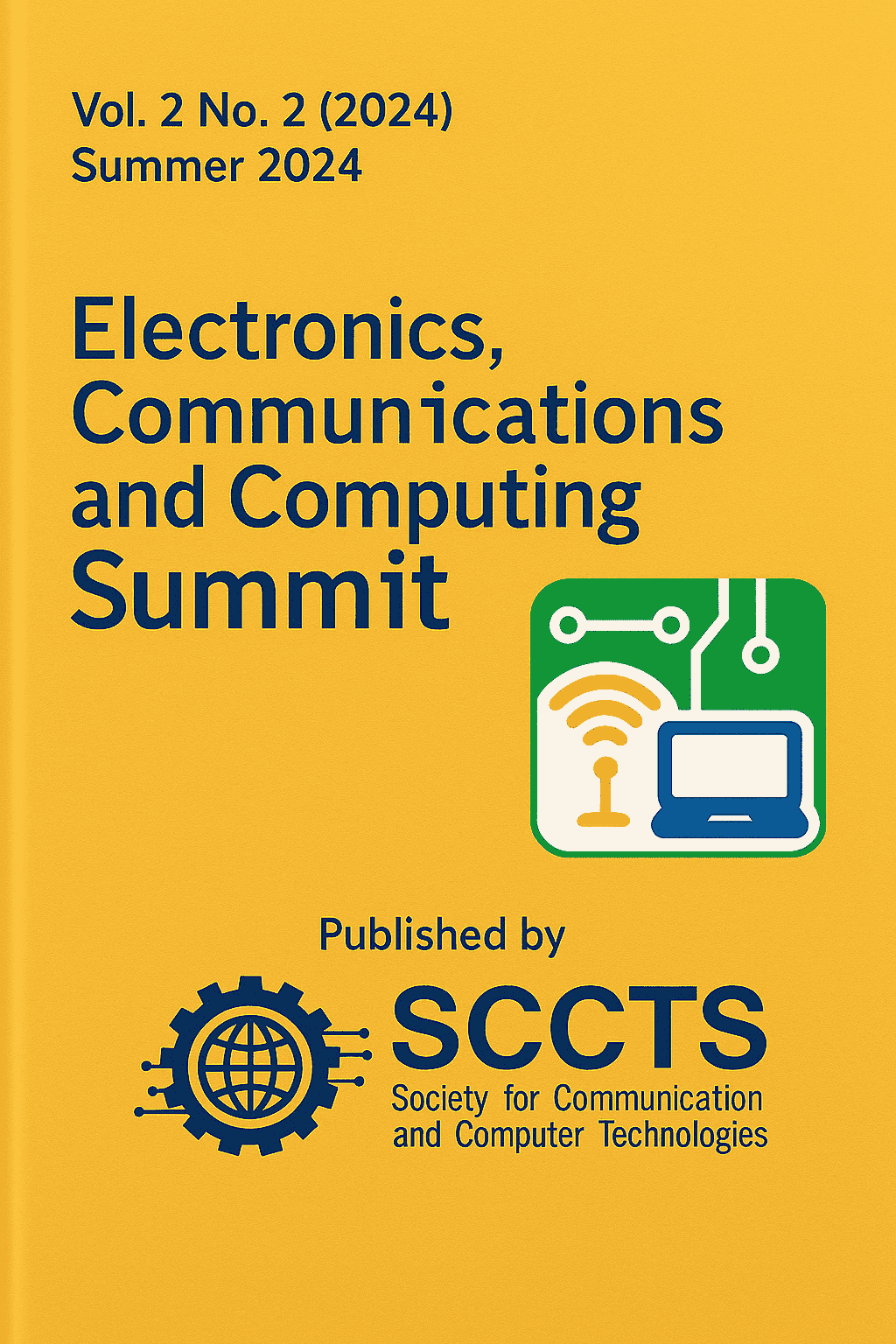6G Terahertz Communication: Key Challenges, Enabling Technologies, and Future Directions
Keywords:
6G, Terahertz communication, Propagation loss, Reconfigurable intelligent surfaces, ML-based Beamforming, Terahertz transceivers, Metamaterials, Channel modeling, Hybrid RF-THz architectureAbstract
The sixth generation (6G) wireless communication is called to enhance the sub-millisecond latency, support ultra-high data rates and huge numbers of devices attachment through the utilization of terahertz (THz) frequency band (0.1-10 THz). Although THz communication is a very attractive communications technology, there are globally critical technical challenges that limit its prospects of practical implementation including strong path loss, intense molecular absorption, weak diffraction and hardware integration limitations. This paper reviews these inherent limitations in detail, and reports in a systematic way on technologies that can be used to overcome them.Prominent developments mentioned are reconfigurable intelligent surfaces (RIS) as a solution to adaptive beam steering, plasmonic nano-antennas as a means of miniaturising THz front-ends, the use of photonics to create high-efficiency THz sources, and machine learning to enable dynamic beamforming and channel emulation. Architectural trend in hybrid THz-RF system design is also assessed together with strategies in improving the link reliability under adverse propagation conditions. Unlike other related works that concentrate on individual parts, this paper expounds on the comprehensive angles of device, system, and network layers giving an overview of how deployment of THz in 6G should proceed.To give way to future development, the article identifies the new directions, which are the use of metamaterial to design the transceiver, AI-based channel estimation in mobile networks, and integration of THz modules in a heterogeneous stack in 6G networks. Trading on the latest technological developments with open research problems, the present work provides a systematic road map to energy-efficient scalable and application-conscious 6G THz communications systems.In contrast to the work to date, which concentrates on component-wise enhancement, this article presents a top-down deployment perspective that considers cross-layer co-design capabilities.



